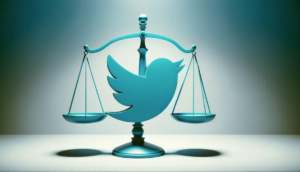As a CEO, CFO, or General Counsel focused on the bottom line, you likely grasp the budget impacts of disputes and conflicts that escalate to actual legal or regulatory proceedings. The expenses around litigation, arbitrations, and investigations are hard costs that clearly reflect as line items.
Yet like an iceberg, the visible expenditures only reveal a fraction of the true costs your organization faces from unresolved disagreements and fractures in alignment. Lurking below the surface, difficult to quantify but undeniably present, are a whole host of “soft” costs that can drain organizational health, productivity and revenue:
Distracted Leadership: Conflict sucks time and mental energy. Hours spent wrestling with external disputes means less leadership bandwidth for strategy, innovation and growth initiatives.
Reduced Output: Employees distracted by tensions with colleagues or misalignments with leadership deliver lower quality work and miss deadlines more often. Turnover also spikes among demoralized staff.
Wellness Impacts: The chronic stress of ongoing conflicts, big or small, takes a real toll on both emotional health and physical wellbeing for many employees.
Eroded Culture: Unresolved issues and lingering resentment corrodes the culture of trust and transparency that high performance teams need to thrive. Cynicism replaces commitment.
Reputation Risks: In the era of social media and instant reviews, internal conflicts often don’t stay entirely private anymore, raising reputation risk exposure.
Lost Sales: For customer-facing teams, morale struggles impact service quality which directly relates to client retention and revenue.
The organizations that fare the best over time are those that invest in getting ahead of problems before they metastasize into culture eroding conflicts.
There are tangible ways to start spotting risks sooner and intervening with dialogue and mediation capabilities before disputes fully form. But first leaders need to shift mindsets to recognize the whole iceberg and just how much is lying below the surface. Only with that fuller picture, can you start putting in place the right detection and prevention strategies to avoid hitting the tipping point into financial and cultural costs that are far tougher to recover from.
The goal is to stay focused on the health of the whole organization and put practices in place to foster stability, safety and sustainably positive working relationships. There is always conflict, change brings clashes – but by expanding your view of the real costs, you see why the investment in early action is truly wise.


